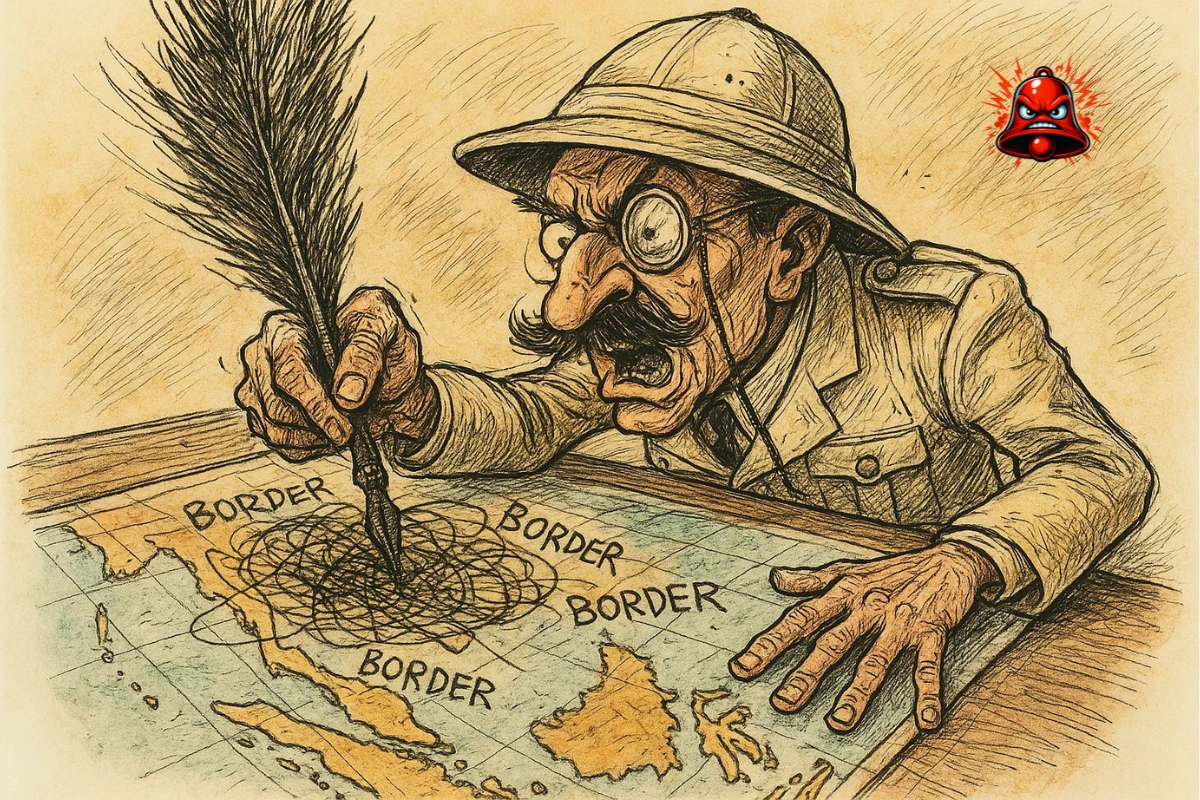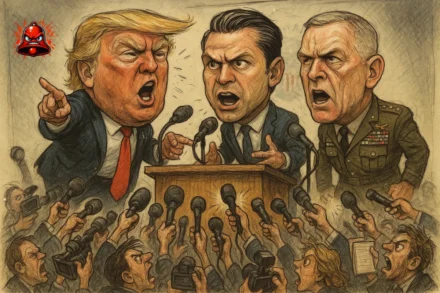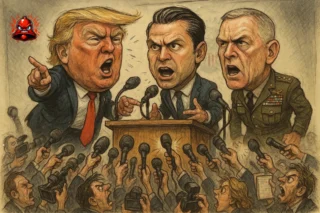The ice-cold Chang beer sweat pooled on the scarred wooden table, a perfect counterpoint to the thick, sweet smoke hanging in the air. Rod, my Aussie lensman, was already lost in the haze, fiddling with a camera setting like it held the secrets of the universe. Bangkok hummed outside, a chaotic symphony of tuk-tuks, street vendors, and the distant wail of a siren.
Man, this weed was strong. Not like the stuff we used to score back in the 90s, that shit was seedier than Diddy and Epstein hanging out in a school playground. This, this was the good stuff, smooth and potent, much like the elephants on the Chang bottle – symbols of friendship and harmony, which felt a million miles away from where we were headed.
We were chasing ghosts, or maybe just the lingering smell of gunpowder, up to the Thai-Cambodian border. Specifically, the area around some ancient pile of stones called the Preah Vihear Temple. Rod wanted photos of tension; I wanted to see if the madness I’d read about was real, or just another fever dream cooked up by politicians and generals.
The Temple of Trouble: A Border Born in Bureaucracy
So, this whole mess? It boils down to a temple on a cliff. A beautiful, centuries-old Hindu temple, sitting right on the edge of… well, that’s the problem, isn’t it? The border. This ain’t some ancient blood feud, not really. It’s a colonial hangover, a cartographer’s nightmare drawn up by the French back when they were busy carving up Indochina like a Sunday roast. Ambiguous lines on old maps. That’s the root of it.
Thailand – or Siam, as it was then – and French-controlled Cambodia got stuck with these fuzzy boundaries. Fast forward to the 1950s, the French bail, and Thai troops stroll right in and set up shop at Preah Vihear. Cambodia, understandably pissed, took it to the suits in The Hague, the International Court of Justice in ’59. Three years later, the ICJ dropped the hammer: Temple’s in Cambodia, based on a 1908 map. Thailand grumbled, accepted the temple itself was Cambodian property, but kept squinting at the land around it. And so, the fuse was lit, smoldering for decades.
UNESCO, Gunfire, and Bomb Drills: Tensions Flare
The smolder turned into a bonfire in 2008. Cambodia decided to get Preah Vihear UNESCO World Heritage status. Sounds innocent enough, right? Wrong. The moment that designation came through, BOOM. Military clashes. Fatalities. Tens of thousands of people scrambling for cover, their lives upended by a dispute over rocks and lines on paper. It peaked around 2011, a real shitshow. The ICJ had to step in again in 2013, basically telling Thailand, “Yeah, we meant it the first time.”
Now, here we are in 2025, and the air is thick with that familiar scent of impending doom. Another fatal firefight, this time in some place called Chong Bok. Locals in nearby towns like Nam Yuen are running bomb drills. Bomb drills. Can you imagine? Practicing diving under tables because some historical squabble over a temple might blow up your village. There were talks scheduled, a diplomatic dance on June 14th of the joint border commitee, but honestly, who believes anything will change? It feels like they’re just going through the motions, as they have since the commitee began way back in 2000, while the tension just ratchets tighter.
Phuket? Nah, That’s a Different Kind of Crazy
Now, you hear about bombings in Thailand, and your mind might jump to the tourist spots, places like Phuket. But let’s be clear, the chaos down south is a whole different beast. Those incidents in Phuket? That’s usually the South Thailand insurgency – a long, brutal conflict fueled by ethnic and historical grievances in the deep southern provinces. Malay-Muslim separatists fighting their own war. It’s got nothing to do with a temple on the Cambodian border. Zero connection. Anyone trying to link the two is either high on something way stronger than this Bangkok weed or pushing a different agenda entirely.
The Army, Nationalism, and the Coup Question
Ah, the Thai military. The perennial elephant in the room, even bigger than the ones on the Chang bottle. Thailand’s got a history of coups longer than my rap sheet. The army loves to step in, dust off the constitution, and declare themselves the saviors of the nation. And what better way to rally the flag-wavers than a good old-fashioned border spat? Nationalism is a potent drug here, and the military knows how to mainline it into the public consciousness. They’ve used border issues before to drum up support, to justify their heavy hand in politics.
Is the army deliberately stirring the pot with Cambodia right now to pave the way for another coup? My report says there’s no concrete evidence of that specific plot. But let’s not be naive. The military is a powerful, shadowy force. They thrive on instability. If the domestic political situation gets shaky enough – and believe me, it’s always shaky here – you can bet they’ll be watching, waiting, and maybe, just maybe, giving that nationalist drum a little tap-tap-tap. It’s the Thai political freak show, and the army always has a front-row seat, ready to jump on stage.
As the sun dips below the horizon, painting the Bangkok sky in shades of bruised purple and fiery orange, Rod packs his gear. The city’s roar fades as we point our wheels towards the east, towards the border, towards the temple, towards the simmering tension. The weed is wearing off, but the questions linger. How much blood will be spilled over an old map? And who in Bangkok is really pulling the strings? Time to go find out.
For more dispatches from the edge of chaos, check out more of my Savage Journeys.










Leave a Comment